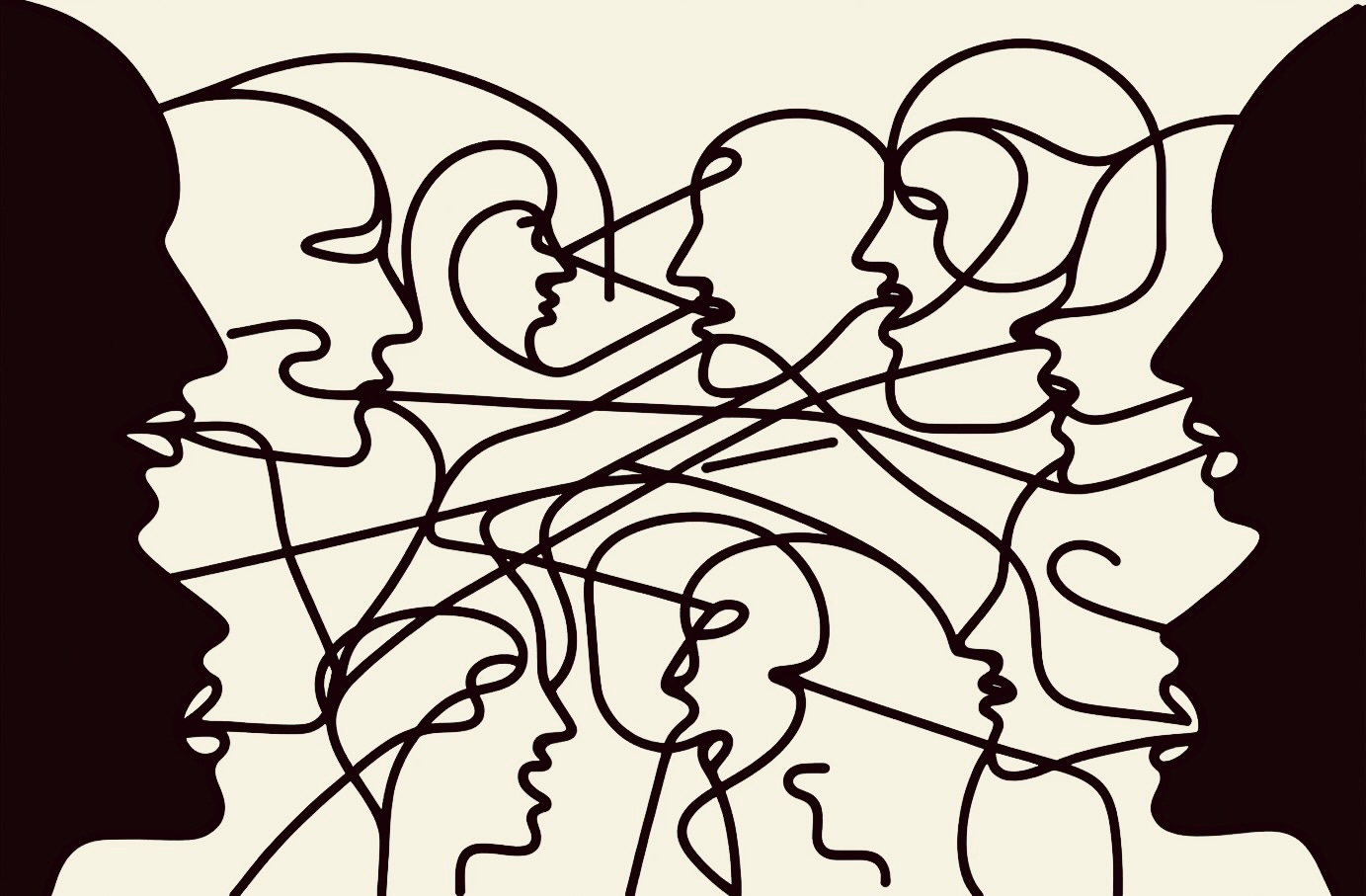Versions of Critique
Is it possible to criticize others without occupying the higher ground? Should intellectuals strive to be more modest and circumspect, or is any such effort doomed to hypocrisy or bad faith?
by Rita Felski
Is it possible to criticize others without occupying the higher ground? Should intellectuals, especially, strive to be more modest and circumspect, or is any such effort doomed to hypocrisy or bad faith? Can they not think their own views are the right views? (Can anyone, in their heart of hearts, not think their own views are the right vi…
Keep reading with a 7-day free trial
Subscribe to Muftah Magazine to keep reading this post and get 7 days of free access to the full post archives.


